Archaeologists Discovered a Roman Fresco Beneath the Streets of London
This ornate, hand-painted wall was once considered to be the height of fashion in Londinium
What’s underneath London? Hint: It’s something much, much older than the Tube. The city, which was founded in 43 A.D., is known for yielding everything from thousands of skeletons to a Roman cache so extensive, it’s been called “the Pompeii of the north.” Now, the city is living up to its reputation as a metropolis filled with buried treasure with a new find: a large, ornate Roman fresco that is nearly 2,000 years old.
The fresco was discovered at 21 Lime Street in the heart of London’s insurance district while a team from the Museum of London Archeology was doing fieldwork for a new office building. Thousands of years ago, the site was home to a different building, London’s Roman Basilica and Forum, a towering structure larger than St. Paul’s Cathedral, which served as a kind of city center and shopping mall for Londoners.
The discovery of the face-down fresco hints at the way the forum and adjacent buildings were torn down. Apparently, this building was simply toppled to the ground, instead of being demolished in a more thorough manner, meaning that after the wall fell to the ground, it was simply built over. All the better for archaeologists: When they uncovered the eight-foot long and nearly five-foot high wall section, they were able to flip it over to see the ornate decoration they believe used to stand in a rich family’s reception room.
In a MoLA blog post, the team describes the find, writing, “The central section, on a background of green and black vertical panels, depicts deer nibbling trees, alongside birds, fruit and a vine woven around a candelabrum." MoLA specialists believe the fresco was hand-painted to a template and that the creator used expensive pigments that would have been sourced in Spain—a real feat in Roman times.
“It is very much a case of one-upsmanship where if someone down the road had a nice plasterwork you had to as well,” Ian Betts, specialist for Museum of London Archaeology, which uncovered the find, tells the Evening Standard’s Robert Dex. The fresco would have been owned by powerful, fashion-forward Londoners eager to display their wealth to visitors. It may be 2,000 years old, but the fresco goes to show that the desire to show off your swanky digs is eternal.
/https://tf-cmsv2-smithsonianmag-media.s3.amazonaws.com/accounts/headshot/erin.png)
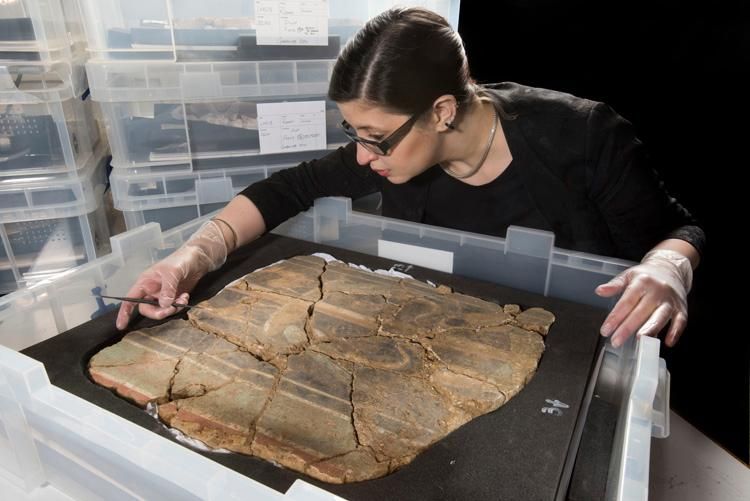
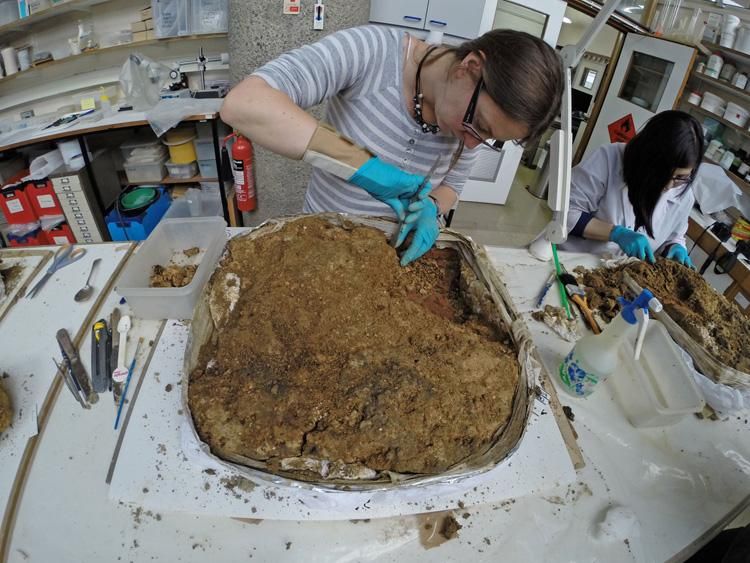
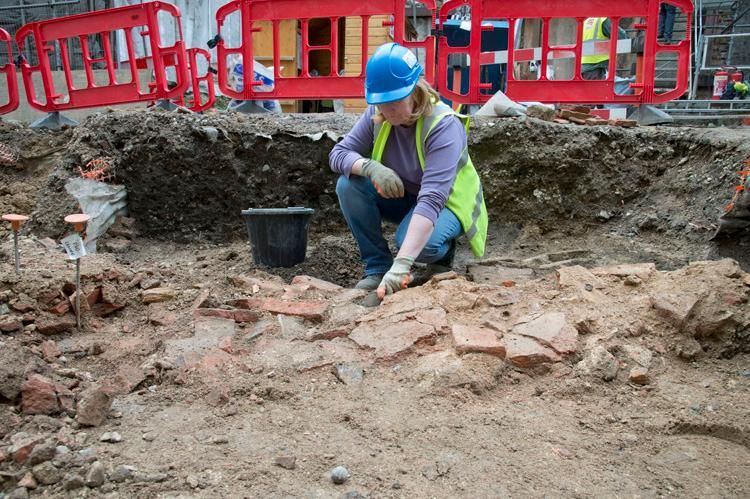
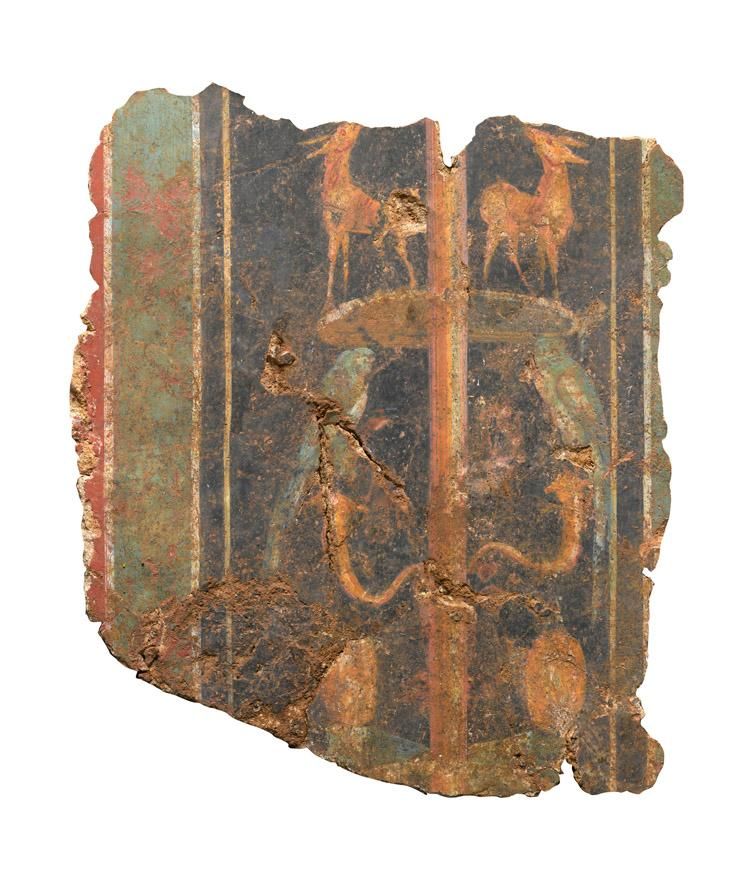
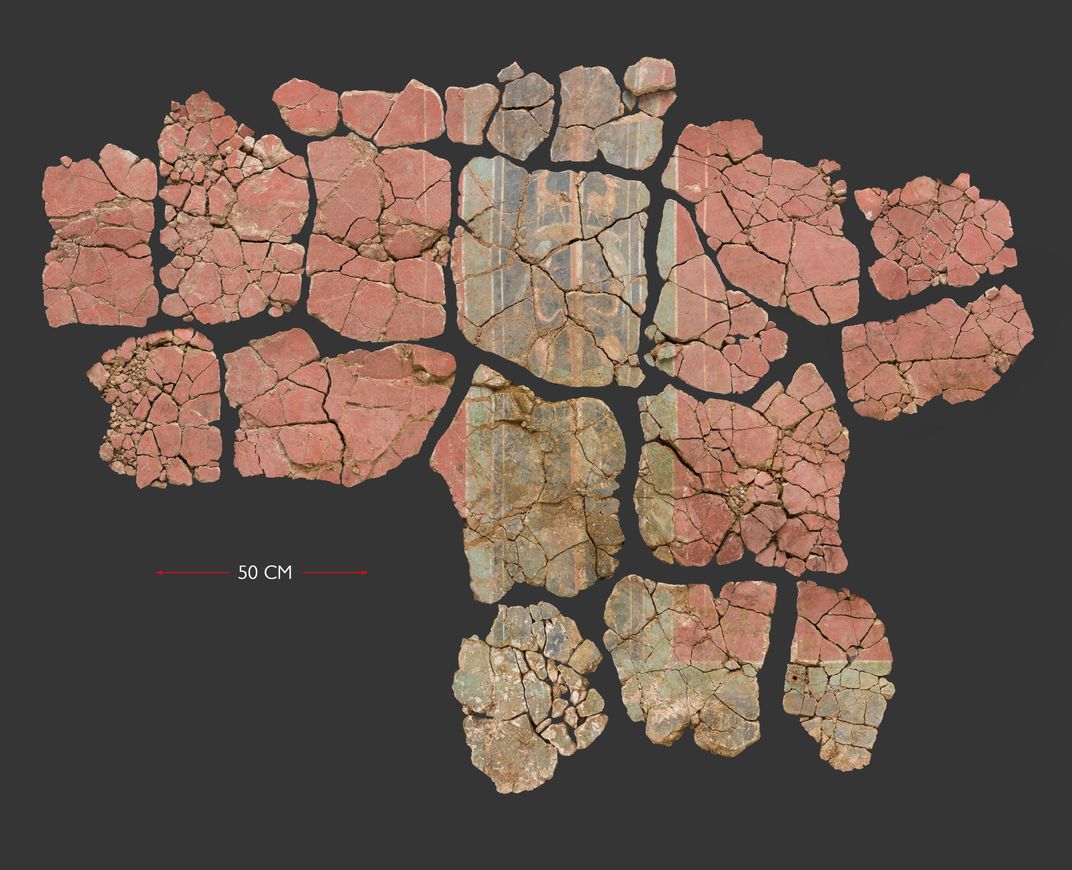
/https://tf-cmsv2-smithsonianmag-media.s3.amazonaws.com/accounts/headshot/erin.png)